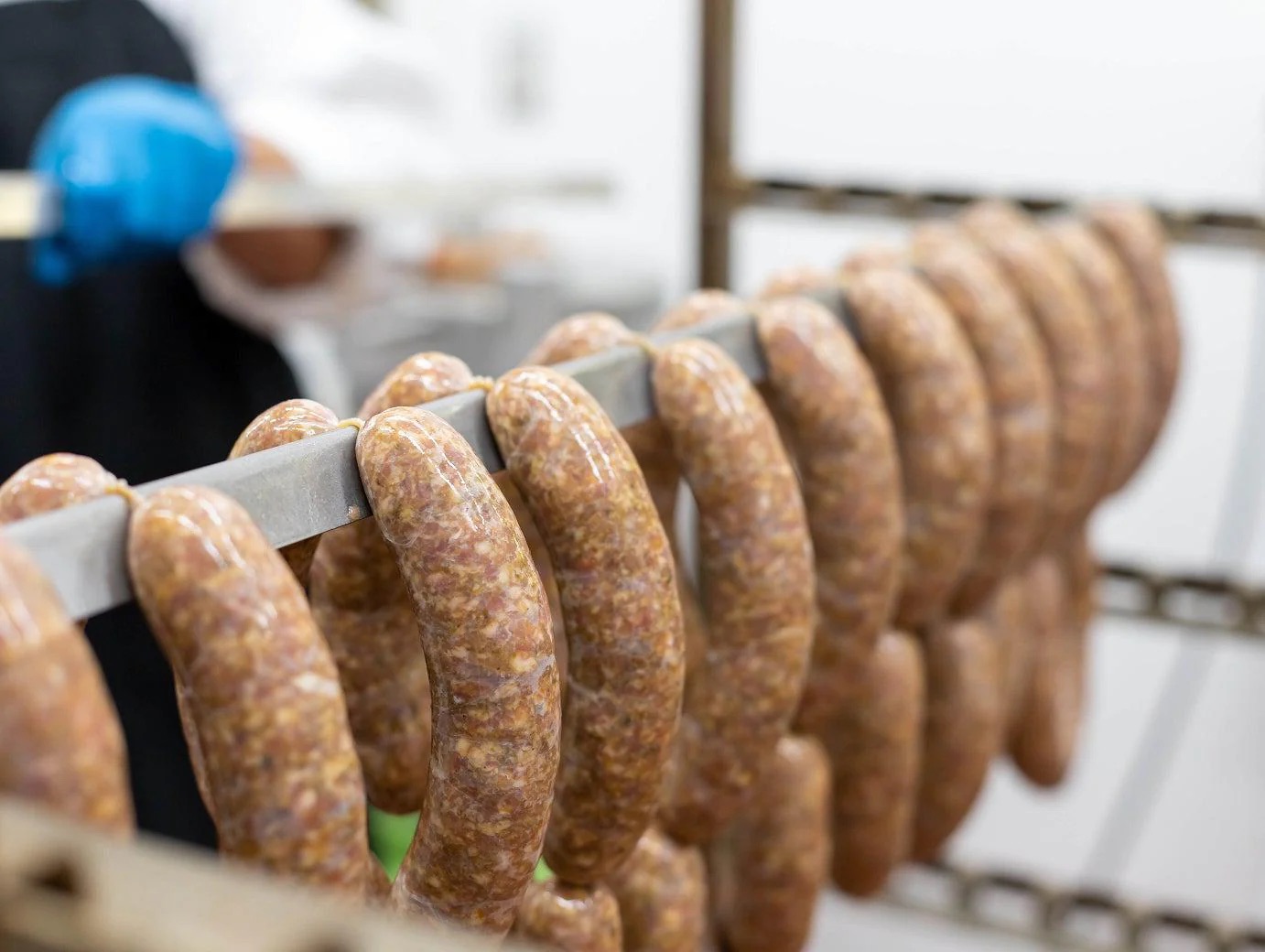

Articles
How To Store Hog Casings
Modified: February 28, 2024
Learn the best way to store hog casings with these helpful articles. Find tips and techniques for preserving casings for your sausage-making needs.
(Many of the links in this article redirect to a specific reviewed product. Your purchase of these products through affiliate links helps to generate commission for Storables.com, at no extra cost. Learn more)
Introduction
Welcome to the world of sausage making! Whether you’re a seasoned pro or just starting out, one thing is for certain – using high-quality casings is essential for creating delicious sausages. When it comes to sausage casings, hog casings are a popular choice due to their versatility and ability to hold different kinds of sausage fillings.
However, once you have purchased your hog casings, the next crucial step is learning how to properly store them. Proper storage not only helps maintain the quality of the casings but also ensures that they are safe to use for future sausage-making endeavors. In this article, we will guide you through the step-by-step process of how to store hog casings to extend their shelf life and preserve their quality.
Key Takeaways:
- Properly storing hog casings is essential for maintaining their quality, freshness, and safety. Whether refrigerating, freezing, or dehydrating, following the correct steps ensures a reliable supply for delicious homemade sausages.
- Labeling and organizing hog casings play a crucial role in streamlining the sausage-making process. Properly labeled casings, categorized by size, and stored in clear, airtight containers, ensure easy access and maintenance of freshness.
Read more: How To Store A Guitar In A Case
What are Hog Casings?
Hog casings are natural sausage casings derived from the intestines of pigs. They have been used for centuries in sausage-making traditions and are still valued today for their unique properties. Hog casings are known for their elasticity, allowing them to stretch and hold various types of sausage fillings. They are versatile and commonly used for making sausages such as bratwurst, Italian sausage, breakfast sausage, and many others.
These casings come in various sizes, ranging from small diameter casings suitable for breakfast sausages, to larger sizes for traditional sausages. Hog casings can be either fresh or salted. Fresh hog casings are typically packed in brine or saltwater, while salted casings are preserved with salt and need to be soaked before use.
Hog casings are preferred by many sausage makers because of their natural qualities. They provide the perfect texture and bite to sausages, allowing for even cooking and a satisfying eating experience. Additionally, hog casings have excellent permeability, allowing smoke and flavors to penetrate the sausage during the smoking or cooking process, enhancing the overall taste and aroma.
When purchasing hog casings, it is important to choose high-quality casings from reputable suppliers. This ensures that the casings are clean, free from any contaminants, and of consistent quality. Keeping your hog casings properly stored will help maintain their quality and ensure that they are ready for use whenever you’re in the mood for homemade sausages.
Why is Proper Storage Important?
Proper storage of hog casings is essential for maintaining their freshness, quality, and safety. Here are a few reasons why you should pay close attention to how you store your hog casings:
Preserve Quality: Hog casings are perishable items, and improper storage can lead to degradation in quality. The casings may become dry, brittle, or develop an off-putting odor if not stored correctly. By storing them properly, you can ensure that the casings remain pliable, moist, and in optimal condition, ready to be used for your sausage-making endeavors.
Extend Shelf Life: Proper storage helps to extend the shelf life of hog casings. While the casings may come with a recommended expiration date, proper storage can help them last even longer. This allows you to have a supply of fresh casings on hand whenever you’re ready to make sausages, without the worry of them going bad or becoming unusable.
Maintain Safety: Ensuring the safety of the casings is crucial. Poor storage conditions can lead to the growth of harmful bacteria or mold, posing a health risk when used in sausages. Proper storage practices, such as refrigeration or freezing, can help inhibit the growth of bacteria and ensure the safety of the casings for consumption.
Cost-Effective: Properly storing hog casings is also cost-effective. By taking care of your casings and ensuring their longevity, you avoid the need to frequently purchase new casings. This saves you money in the long run and allows you to make the most out of your sausage-making supplies.
By understanding the importance of proper storage, you can ensure that your hog casings stay fresh, maintain their quality, and are safe to use. The next sections will guide you through the step-by-step process of how to clean and prepare hog casings for storage, as well as the different storage options available.
Step 1: Cleaning the Hog Casings
Before storing hog casings, it is important to give them a thorough cleaning to remove any impurities and ensure they are ready for future use. Follow these steps to clean hog casings:
- Start by rinsing the hog casings under cold running water. This helps remove any excess salt and debris from the casings.
- Fill a large bowl or basin with clean, cool water and add a small amount of salt. The salt helps to further cleanse the casings and prevent them from sticking together.
- Gently place the hog casings into the saltwater solution and allow them to soak for about 30 minutes. This softens the casings and loosens any remaining impurities.
- After soaking, remove the hog casings from the saltwater solution and rinse them once again under cold running water. Make sure to thoroughly rinse off any residual salt or impurities.
- Inspect the casings for any noticeable defects or tears. Discard casings that are damaged beyond repair.
- If using fresh hog casings, they are now ready to be used for sausage-making or prepared for storage. If using salted casings, continue to the next step to prepare the casings for long-term storage.
By cleaning the hog casings before storage, you remove any unwanted elements, ensuring that only the cleanest and highest quality casings are available for your sausage-making projects. Proper cleaning also helps to prevent any contamination or off-flavors in the sausages.
Now that the hog casings are clean and ready, let’s proceed to the next step: preparing the hog casings for storage.
Step 2: Preparing the Hog Casings for Storage
Once the hog casings have been cleaned, it is important to properly prepare them for storage to maintain their quality and freshness. Follow these steps to prepare hog casings for storage:
- Begin by ensuring that the hog casings are thoroughly drained of any excess water. Shake them gently or use a clean towel to pat them dry.
- If you are using fresh hog casings, you can proceed directly to the next step. However, if you have salted hog casings, they need to be prepared for long-term storage.
- To prepare salted hog casings, place them in a clean container or bowl and cover them with salt. This helps to preserve the casings and prevent bacterial growth. Make sure that all the casings are evenly coated with salt.
- Once the casings are covered with salt, transfer them to a breathable cloth or natural casing netting. This allows for proper air circulation and prevents moisture buildup during storage.
- Secure the cloth or casing netting tightly, ensuring that the casings are compact and protected. You can use kitchen twine or rubber bands to secure the wrapping.
- Label the wrapped hog casings with the date of preparation to keep track of their freshness. Consider using a permanent marker or label to ensure the information remains visible.
By preparing the hog casings for storage, you are taking the necessary steps to keep them in optimal condition. Proper preparation helps to preserve the texture, pliability, and flavor of the casings, ensuring that they are ready for future sausage-making endeavors.
Now that the hog casings are prepared, let’s explore the different storage options available in the next step.
Read more: How To Store Sausage Casings
Step 3: Choosing the Storage Method
When it comes to storing hog casings, there are different options available depending on your preferences and the length of time you plan to store them. Consider the following storage methods:
Option 1: Refrigerating Hog Casings
Refrigeration is a popular method for short-term storage of hog casings. If you plan to use the casings within a few weeks, this is a convenient option. Here’s how to do it:
- Place the prepared hog casings in a clean, airtight container or resealable bag.
- Ensure that the container is well-sealed to prevent any air or moisture from entering.
- Store the container in the refrigerator at a temperature between 34°F and 40°F (1°C to 4°C).
Option 2: Freezing Hog Casings
Freezing is an excellent choice for long-term storage of hog casings. It preserves the freshness and quality of the casings for an extended period. Follow these steps for freezing hog casings:
- Place the prepared hog casings in airtight freezer bags or vacuum-sealed bags.
- Remove as much air as possible from the bags to prevent freezer burn.
- Label the bags with the date of freezing to keep track of their storage time.
- Store the bags in the freezer at a temperature of 0°F (-18°C) or below.
Option 3: Dehydrating Hog Casings
If you prefer a more traditional method, you can dehydrate hog casings to extend their shelf life. Dehydrated casings can be stored at room temperature for an extended period. Here’s how to dehydrate hog casings:
- After preparing the hog casings, hang them in a well-ventilated area away from direct sunlight.
- Allow the casings to air-dry naturally until they become dry and leathery to the touch. This process may take a few days or even weeks, depending on the humidity levels in your environment.
- Once fully dried, carefully coil the casings and store them in airtight containers or bags.
Consider the storage method that best suits your needs and the length of time you plan to store the hog casings. Each method has its advantages, so choose the one that works best for you.
Now that you have selected your preferred storage method, let’s move on to the next step: storing the hog casings.
After purchasing hog casings, rinse them thoroughly and store them in a salt solution in the refrigerator. Change the solution every 2 weeks to keep the casings fresh.
Option 1: Refrigerating Hog Casings
Refrigeration is a popular and convenient method for storing hog casings, especially if you plan to use them within a few weeks. Keeping the casings refrigerated helps to maintain their freshness and quality. Follow these steps to refrigerate hog casings:
- After preparing and drying the hog casings, place them in a clean, airtight container or resealable bag.
- Ensure that the container is well-sealed to prevent any air or moisture from entering, which can affect the casings’ quality.
- Label the container with the date of storage to help you keep track of their freshness.
- Place the container in the refrigerator, ideally in the coldest part of the fridge, such as the meat or vegetable drawer.
- Keep the refrigerator temperature between 34°F and 40°F (1°C to 4°C) to maintain the freshness and quality of the casings.
Refrigerated hog casings can typically be stored for several weeks, depending on their initial freshness and the conditions of your refrigerator. However, it is always a good practice to check the casings for any signs of spoilage before using them.
Refrigeration is a convenient option because it allows for easy access to your hog casings whenever you’re ready to make sausages. Just retrieve the desired amount of casings, reseal the container, and return it to the refrigerator for future use. Remember to keep the casings tightly sealed at all times to prevent moisture loss or absorption of other odors from the refrigerator.
Now that you know how to refrigerate hog casings, you can confidently store them in the refrigerator and have them readily available for your next sausage-making adventure.
Option 2: Freezing Hog Casings
Freezing is a highly effective method for long-term storage of hog casings. It preserves their freshness and quality, allowing you to have a steady supply of casings whenever you’re in the mood for sausage making. Follow these steps to freeze hog casings:
- After cleaning and preparing the hog casings, place them in airtight freezer bags or vacuum-sealed bags.
- Remove as much air as possible from the bags to prevent freezer burn and maintain the casings’ quality.
- Label the bags with the date of freezing to keep track of their storage time.
- Ensure that the bags are tightly sealed to prevent any air or moisture from entering.
- Place the bags in the freezer at a temperature of 0°F (-18°C) or below.
The frozen hog casings can be stored in the freezer for several months or even up to a year. However, it is best to use them within six months for optimal quality. When you’re ready to use the casings, simply remove the desired amount from the freezer, reseal the bag tightly, and return the remaining casings to frozen storage.
It’s important to note that freezing may slightly alter the texture and pliability of the hog casings. Before using frozen hog casings, it is recommended to thaw them slowly in the refrigerator overnight or under cold running water. This helps to restore their original quality and make them more pliable for stuffing sausages.
Freezing hog casings provides the flexibility of long-term storage, allowing you to stock up on casings during times of abundance or when they are on sale. With frozen hog casings readily available, you can embark on your sausage-making adventures whenever the craving strikes.
Now that you know how to freeze hog casings, you can confidently store them in the freezer and enjoy the convenience of having them at your fingertips.
Option 3: Dehydrating Hog Casings
If you prefer a more traditional method of preserving hog casings, dehydrating them is a great option. Dehydrated hog casings can be stored at room temperature for a longer period of time while maintaining their quality. Here’s how to dehydrate hog casings:
- After cleaning and preparing the hog casings, hang them individually or in small sections in a well-ventilated area away from direct sunlight.
- Allow the casings to air-dry naturally until they become dry and leathery to the touch. This process may take a few days or even weeks, depending on the humidity levels in your environment.
- Check the casings regularly and remove any that show signs of mold or spoilage.
- Once fully dried, carefully coil the casings and store them in airtight containers or bags.
Dehydrated hog casings can be stored at room temperature, preferably in a cool and dry place. It is important to protect them from moisture and pests, so store them in airtight containers or resealable bags.
It’s worth noting that dehydrated hog casings may require rehydration before use. You can soak them in a bowl of water for about 30 minutes or until they become pliable and ready for stuffing sausages. Keep in mind that rehydrated casings may not have the same texture and elasticity as fresh casings, but they can still serve their purpose in sausage making.
Dehydrating hog casings is a great option if you have a surplus or want to prolong their shelf life without relying on refrigeration or freezing. It is an excellent method for preserving casings in regions with low humidity or in situations where refrigeration or freezing is not readily available.
Now that you know how to dehydrate hog casings, you can confidently use this preservation method to enjoy quality casings for your future sausage-making endeavors.
Read more: How To Store DVDs With Cases
Step 4: Storing Hog Casings in the Chosen Method
After deciding on the storage method for your hog casings and following the necessary preparations, it’s time to store them properly. Let’s go through the final step of storing hog casings based on your chosen method:
Refrigerating Hog Casings:
- Ensure that the hog casings are clean, dry, and placed in a clean, airtight container or resealable bag.
- Label the container or bag with the date of storage to keep track of their freshness.
- Place the container or bag in the refrigerator, ideally in the coldest part of the fridge such as the meat or vegetable drawer.
Freezing Hog Casings:
- Make sure the hog casings are clean, dry, and placed in airtight freezer bags or vacuum-sealed bags.
- Remove as much air as possible from the bags to prevent freezer burn.
- Label the bags with the date of freezing for reference.
- Place the bags in the freezer at a temperature of 0°F (-18°C) or below.
Dehydrating Hog Casings:
- Ensure that the hog casings are fully dried and leathery to the touch.
- Coil the casings carefully and store them in airtight containers or bags.
Regardless of the chosen storage method, it is crucial to keep the hog casings tightly sealed to prevent air, moisture, or contaminants from affecting their quality. Storage containers or bags should be placed in appropriate locations such as refrigerators, freezers, or cool, dry areas away from direct sunlight or excessive heat.
Remember to periodically check stored casings for any signs of spoilage, such as mold, foul odor, or discoloration. If any casings appear compromised, discard them immediately to avoid any potential health risks.
By following these storage steps, you can ensure that your hog casings remain fresh and ready to use whenever you’re craving homemade sausages. Proper storage allows you to have a reliable supply of casings on hand for all your sausage-making adventures.
Now that you’ve successfully stored your hog casings, you’re all set to enjoy the delights of creating delicious sausages in your kitchen. Happy sausage making!
Tip: Labeling and Organizing Hog Casings
When it comes to storing hog casings, proper labeling and organization can make a significant difference in your sausage-making endeavors. Here are some tips to help you label and organize your hog casings:
- Date Labeling: Always label your hog casings with the date of storage or freezing. This will help you keep track of their freshness and ensure you use the oldest casings first. Using a permanent marker or label that won’t smudge or fade is recommended.
- Casing Size: Consider categorizing your hog casings based on size. You can use different colored labels or markers to indicate the casing size. This makes it easier to locate the desired casings when you’re ready to make specific types of sausages.
- Storage Containers: Use clear, airtight containers or resealable bags for storing your hog casings. Clear containers allow you to easily see the contents and assess their condition without opening them. This helps reduce exposure to air and moisture, maintaining the casings’ quality.
- Organization: Keep your stored hog casings well-organized to streamline your sausage-making process. Group them by type or size, and store them in separate containers or sections of the freezer to prevent cross-contamination or confusion.
- Inventory List: Maintain an inventory list of your stored hog casings. This can be a simple spreadsheet or notebook where you track the quantity and type of casings you have on hand. Regularly update the list as you use or replenish your supply to ensure you’re aware of what is available.
- Regular Check-ups: Regularly check your stored hog casings for any signs of spoilage or deterioration. If you notice any casings that appear compromised, discard them immediately to avoid using them in sausage-making.
By implementing these labeling and organizing tips, you’ll be able to efficiently manage and utilize your collection of hog casings. This ensures that you have a clear overview of your inventory and helps you maintain the quality and freshness of the casings.
Remember, well-organized and properly labeled hog casings make the sausage-making process smoother and more enjoyable. You’ll have everything you need at your fingertips, ready to create delicious homemade sausages.
Now, with your hog casings labeled and organized, you’re all set to embark on your next sausage-making adventure with confidence and ease.
Conclusion
Proper storage of hog casings is crucial for maintaining their quality, freshness, and safety. Whether you choose to refrigerate, freeze, or dehydrate your casings, following the correct steps ensures that they remain in optimal condition until you’re ready to use them for sausage making.
By cleaning the hog casings thoroughly and preparing them appropriately, you set the foundation for successful storage. Refrigeration offers a convenient option for short-term storage, while freezing allows for long-term preservation. Dehydrating casings provides a more traditional method for extended shelf life at room temperature.
Labeling and organizing your hog casings play a key role in streamlining your sausage-making process. Properly labeled casings, categorized by size, and stored in clear, airtight containers, help you easily locate and use the casings when needed. Regular check-ups and maintaining an inventory list ensure that your casings remain fresh and safe for consumption.
By following these steps and tips, you can confidently store your hog casings and have a reliable supply at hand whenever the craving for homemade sausages strikes. Enjoy the art of sausage making and experiment with different flavors and recipes, knowing that your casings are well-preserved and ready to bring your culinary creations to life.
Remember, the quality of your sausage starts with high-quality hog casings, and proper storage is the key to maintaining their excellence. So, go ahead and stock up on hog casings, follow the recommended storage methods, and let your creativity flow as you embark on your sausage-making journey!
Happy sausage making!
Frequently Asked Questions about How To Store Hog Casings
Was this page helpful?
At Storables.com, we guarantee accurate and reliable information. Our content, validated by Expert Board Contributors, is crafted following stringent Editorial Policies. We're committed to providing you with well-researched, expert-backed insights for all your informational needs.







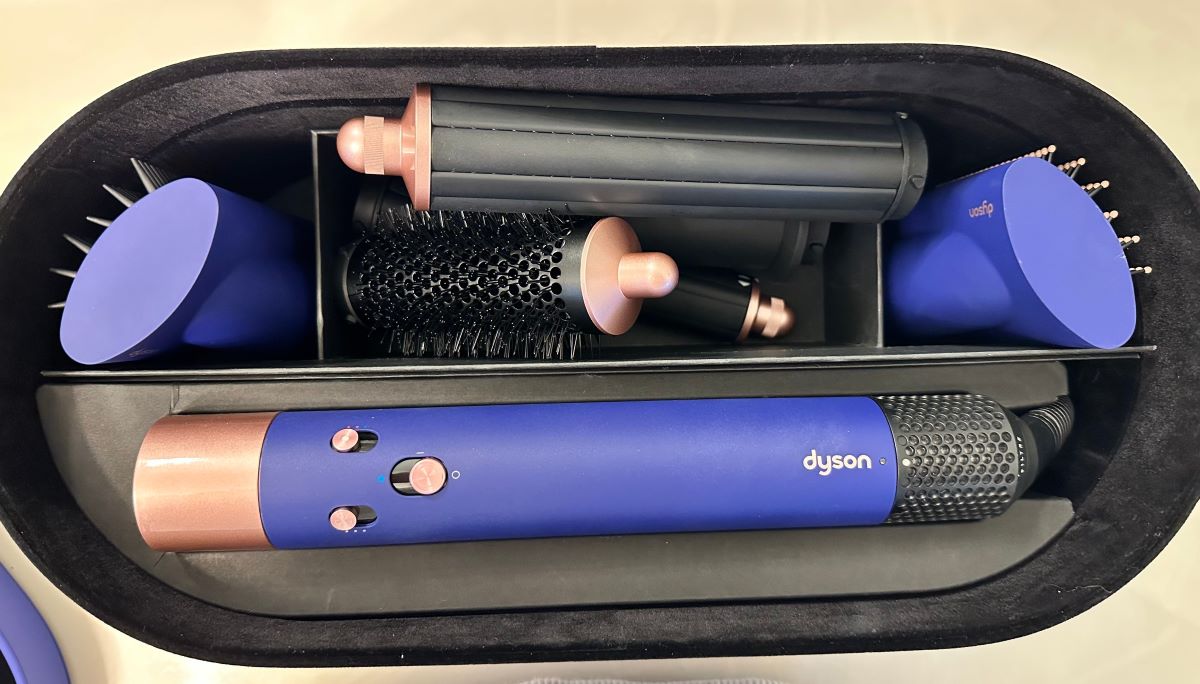


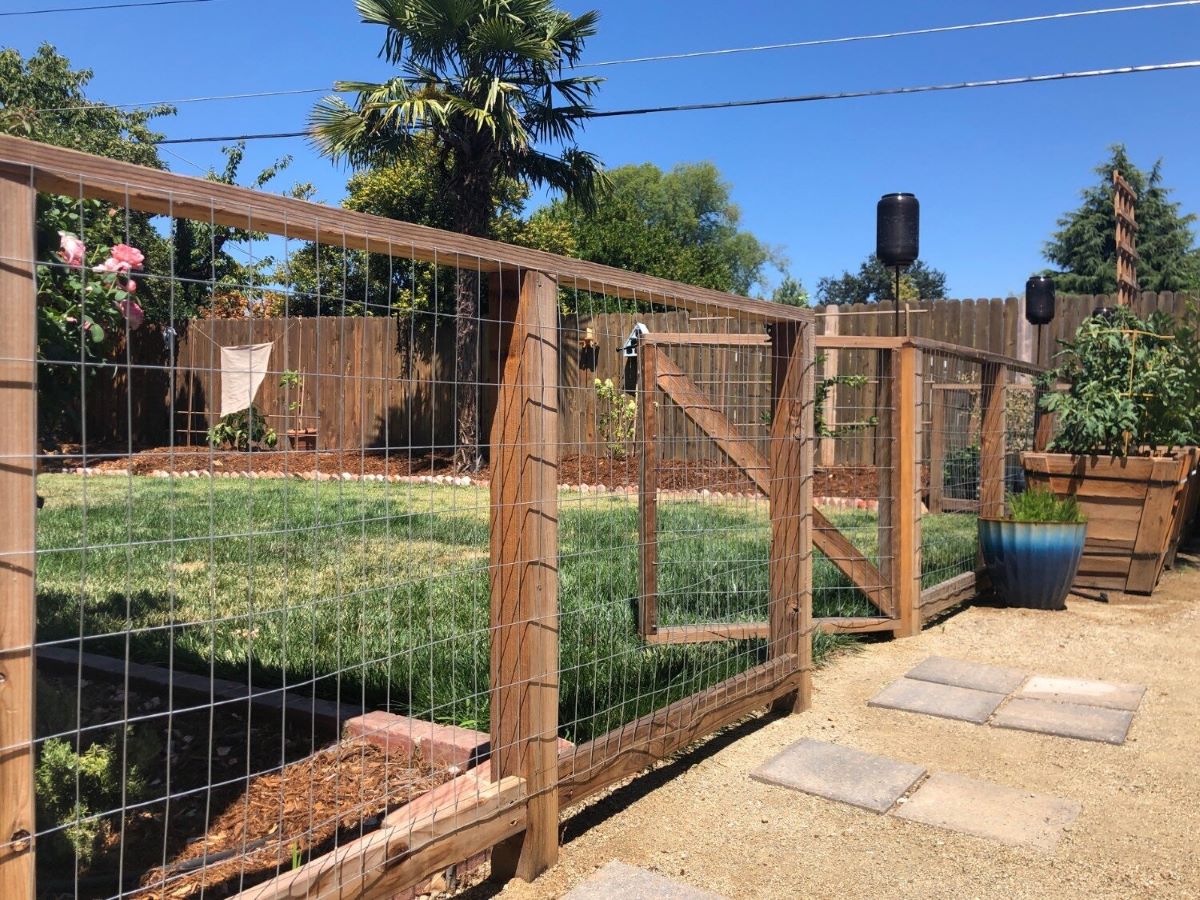
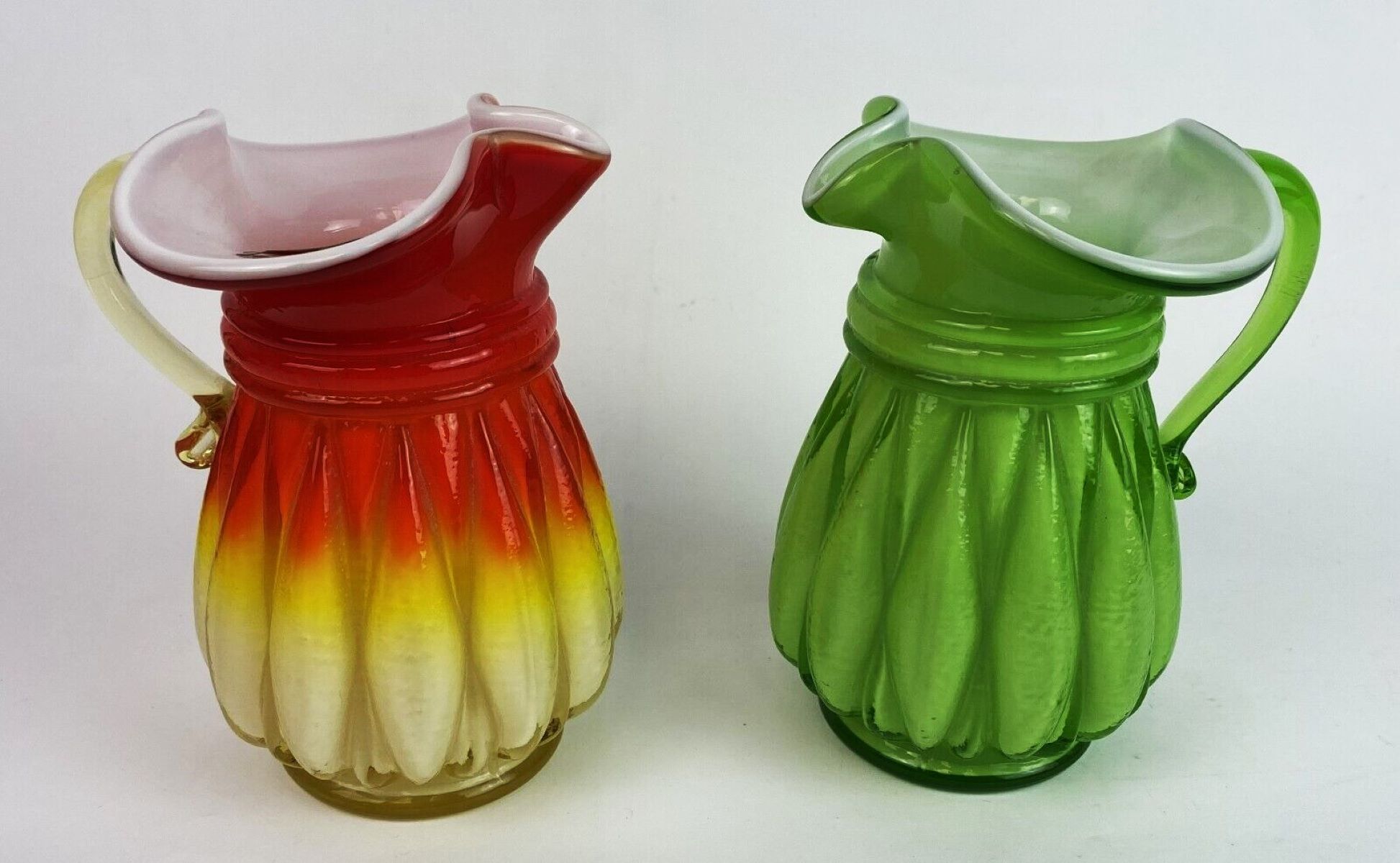
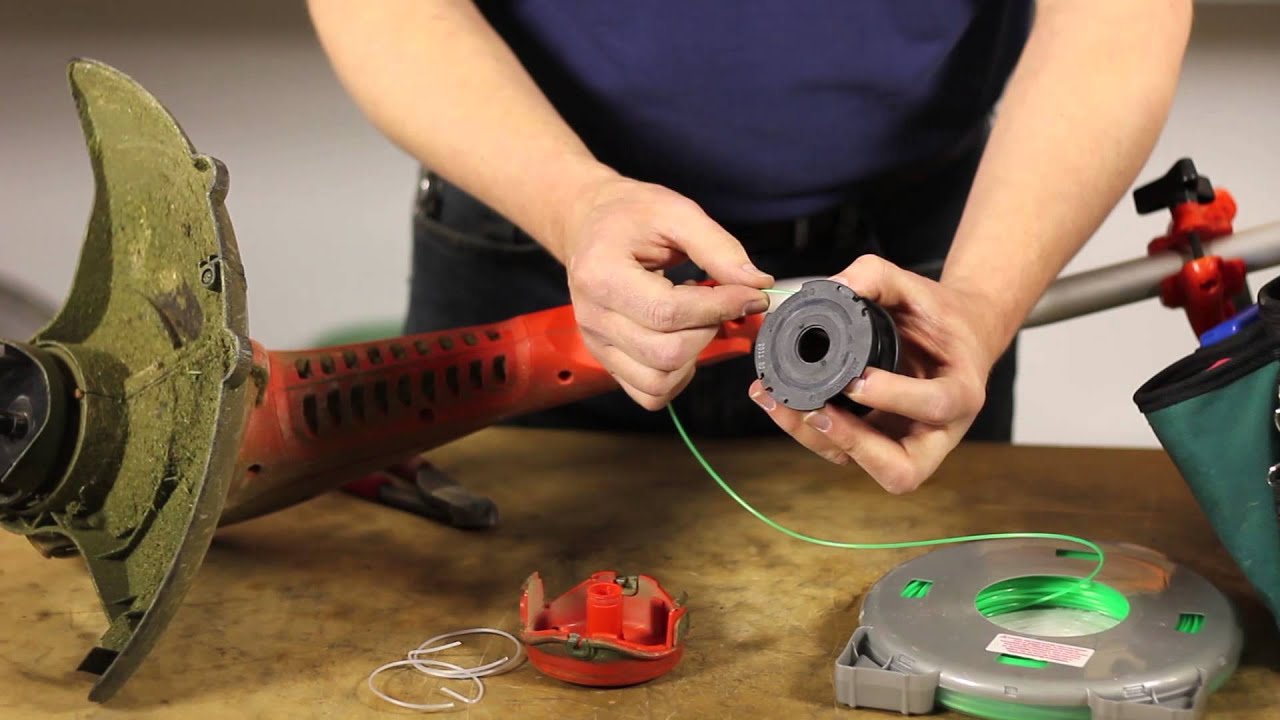

0 thoughts on “How To Store Hog Casings”